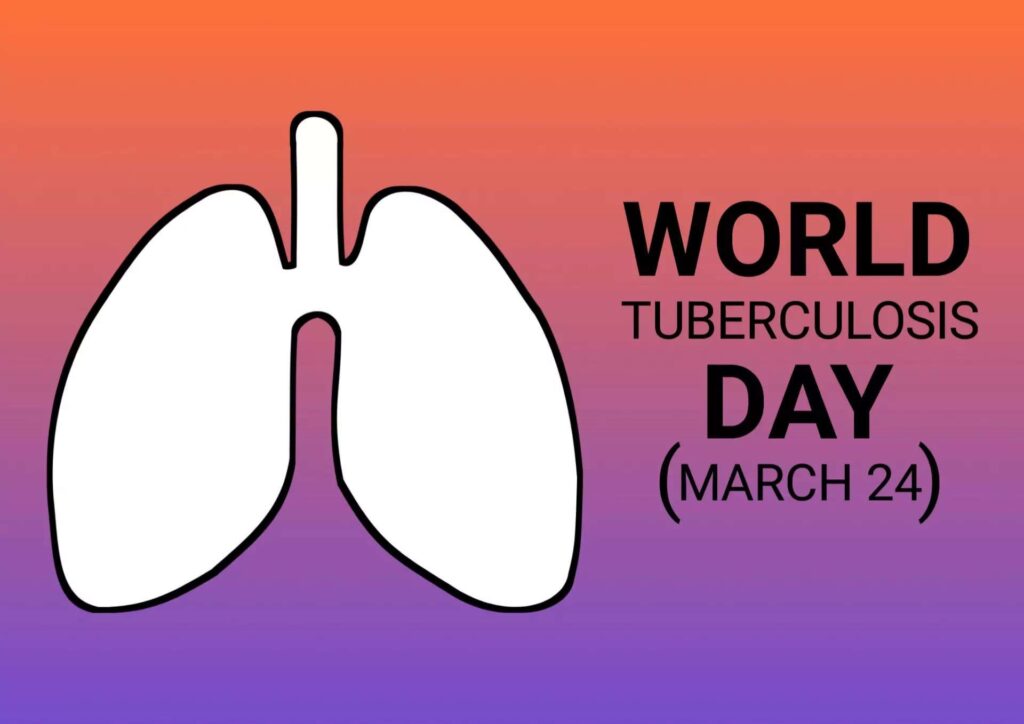TB Diagnosis and Treatment: New Innovations and Methods

Tuberculosis (TB) is a leading cause of disease and mortality worldwide. Infection with Mycobacterium tuberculosis is thought to affect 25% of people worldwide, with a 5- to 10% lifetime risk of developing TB illness. Stopping the global burden of TB requires the early diagnosis of the disease and fast detection of medication resistance. Although whole genome sequencing, direct microscopy, biomolecular testing, and culture are all recognized methods of diagnosis, their widespread use is frequently restricted due to prices, a lack of resources in the area, a lack of time, and operator efficiency.
It is being considered how to improve existing diagnostics as well as create new methodologies. According to the isolate’s susceptibility pattern, the right treatment regimen must be chosen. With an additional 22 medications in preclinical stages, there are currently 16 novel treatments being tested for the treatment of TB in phase I or II clinical trials. In addition to the creation of these new pharmaceuticals, the majority of which are taken orally, new shorter regimens are being considered.
These shorter regimens are intended to promote patient compliance, stop relapsing, or stop the spread of additional drug resistance. Screening for TB infection, particularly in disadvantaged populations, offers a chance for intervention before the condition progresses to infectious TB disease. In order to evaluate the effectiveness of shorter treatment periods in this population, new regimens are now being tested. Also, there has been a lot of research done on the application of post-exposure immunizations in this group.
Anybody diagnosing or treating Tb disease must enter all relevant information on a site called “Nikshey” that the Indian government has put up. Once the data has been uploaded, the patient will receive funding for nutritional support throughout the course of the therapy. When the case was first discovered and after treatment, the reporting doctor would be compensated.
It is evident that a large number of individuals will need to actively engage in a number of advised activities if we wish to eradicate this old disease. We can prevent and end TB by working together.
